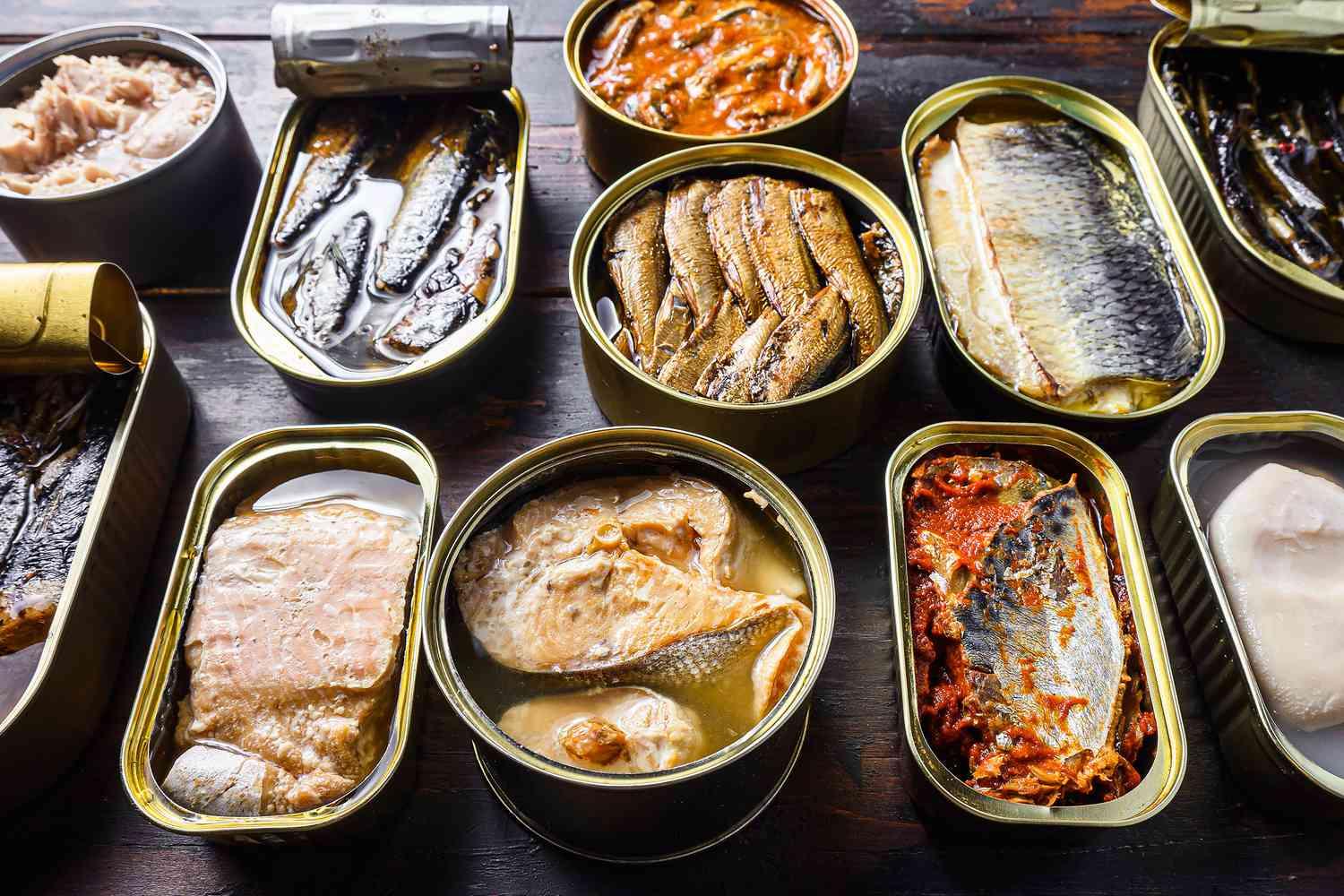Canned seafood market shaped by economic, environmental, and regulatory impacting factors globally

Market impacting factors
The canned seafood market is shaped by several interconnected factors that directly influence production, pricing, and distribution. Among the most critical are the availability and cost of raw materials. Key fish species like tuna, sardines, and salmon are subject to seasonal variability, overfishing concerns, and international catch limits. These conditions impact not only supply consistency but also pricing. Raw material volatility is further compounded by fuel price fluctuations, which significantly affect fishing and logistics operations across the supply chain. For manufacturers, securing reliable sources at stable costs is an ongoing challenge that directly affects profitability and strategic planning.
Regulatory compliance and sustainability mandates
Regulatory frameworks are playing an increasingly influential role in shaping the global canned seafood industry. Governments and international organizations are imposing stricter requirements on fishing practices, traceability, and food labeling. Compliance with these standards — including those set by the Marine Stewardship Council (MSC), the Food and Agriculture Organization (FAO), and regional authorities — is mandatory for market access in regions like the European Union, North America, and parts of Asia. These regulations aim to address environmental degradation and promote sustainable fishing but often require significant investment in systems, audits, and certifications. Smaller producers may face disproportionate burdens, limiting their global competitiveness.
Environmental and climate-related influences
Environmental factors are having a growing impact on the canned seafood market. Climate change is altering ocean temperatures, shifting fish migration patterns, and affecting species reproduction rates. These changes can reduce the predictability of fish stocks and increase the risk of regional shortages. Additionally, pollution and marine ecosystem degradation continue to pressure already vulnerable fish populations. The industry is being forced to adapt through improved fisheries management, diversification of catch areas, and investment in aquaculture solutions. These environmental shifts are long-term factors that are increasingly shaping strategic decisions for both producers and regulators.
Global trade dynamics and geopolitical factors
Trade policies and international relations also play a key role in the global flow of canned seafood. Tariffs, export bans, and changing import standards can disrupt established trade routes, creating uncertainty for exporters and distributors. For example, import restrictions or certifications required by the EU or U.S. can limit access for producers that lack traceability infrastructure. At the same time, trade agreements and bilateral partnerships may open new markets for compliant producers. Geopolitical instability in key production regions, such as Southeast Asia or Latin America, can lead to port closures, labor shortages, or supply delays that ripple across global distribution networks.
Consumer influence on market dynamics
Consumer expectations are becoming an impacting factor of their own, particularly in mature markets. Buyers are demanding cleaner labels, ethical sourcing, and environmental responsibility, pushing brands to reformulate products and disclose more about their supply chains. Negative publicity around labor practices, unsustainable fishing, or contamination incidents can quickly damage brand reputation. Social media and digital review platforms amplify these risks. In this environment, brands must proactively manage their public image and provide evidence of ethical operations to maintain consumer trust and brand loyalty.
Technological adaptation and industry innovation
Another impacting factor is the rate at which producers adopt new technologies. Innovations in processing, packaging, and logistics can reduce waste, lower costs, and improve product appeal. For instance, vacuum-sealing, BPA-free linings, and blockchain traceability systems are becoming industry standards. However, these technologies require upfront investment and skilled labor, which may limit adoption among smaller players. Companies that fail to modernize risk falling behind in both quality perception and regulatory compliance.
Strategic implications of market forces
Together, these impacting factors highlight the complexity of operating in the canned seafood sector today. Strategic agility — the ability to respond quickly to environmental, regulatory, or consumer shifts — has become essential. Businesses that diversify sourcing, invest in sustainable practices, and proactively engage with regulatory developments are better positioned to manage risk and maintain market share in an increasingly dynamic environment.
- Art
- Causes
- Crafts
- Dance
- Drinks
- Film
- Fitness
- Food
- Jogos
- Gardening
- Health
- Início
- Literature
- Music
- Networking
- Outro
- Party
- Religion
- Shopping
- Sports
- Theater
- Wellness


